How 2D RTS Forts sold 120,000 copies completely under the radar
No one really knows which indie games will be a hit, but there are ways developers can zero in on their target.
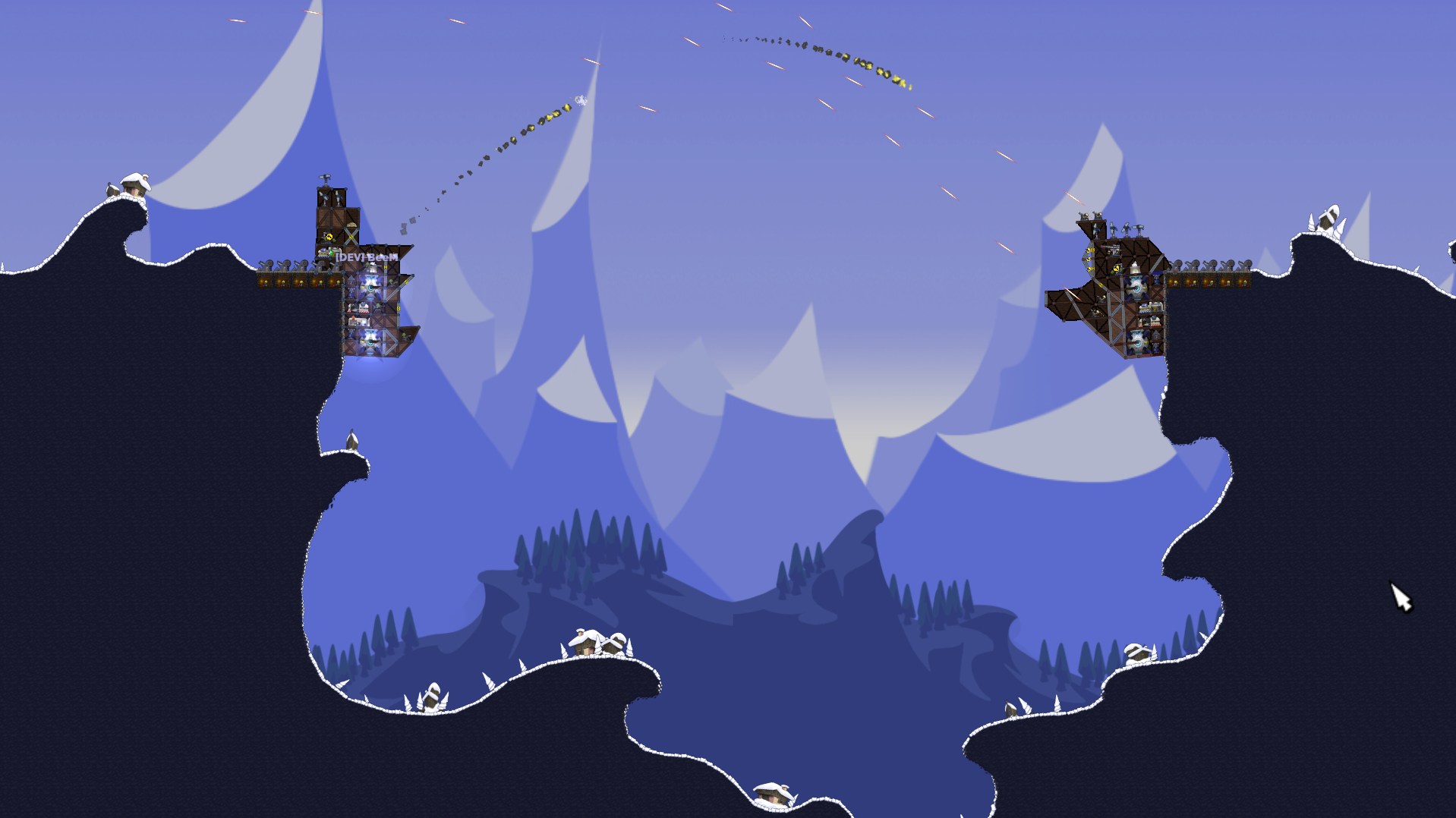
There’s an intuitive rhythm to cooldowns in real-time strategy games. It’s that niggling apprehension you feel moments before your opponent launches missiles, an impatient sense that your cannon is almost constructed and ready to use. Your conscious attention is occupied elsewhere, so it becomes like breathing. Inhale, anticipate damage, plan a response. Exhale, firm up your resolve in those last few moments before you can act.
In Forts a single shot can turn the tables on an adversary. They can't paint a target for their missile if you've correctly identified, and hit, their sniper. You have to get the trajectory and power exactly right, but in a way that becomes more reliable with practice. It's an exciting game to watch because the underdog really can win, and it feels fair when it happens.
Despite the odds being stacked against it—it was Earthwork Games’ first release and didn't receive much coverage in the press—Forts sold around 120,000 copies between April and October of 2017. Designer/programmer Tim Auld (who created Forts alongside artist/designer Nick Smith, and composer/sound designer Jeff van Dyck) was hopeful that success wouldn’t be a long shot, based on deliberate decisions and supportive structures made during development, but sales still exceeded his expectations.
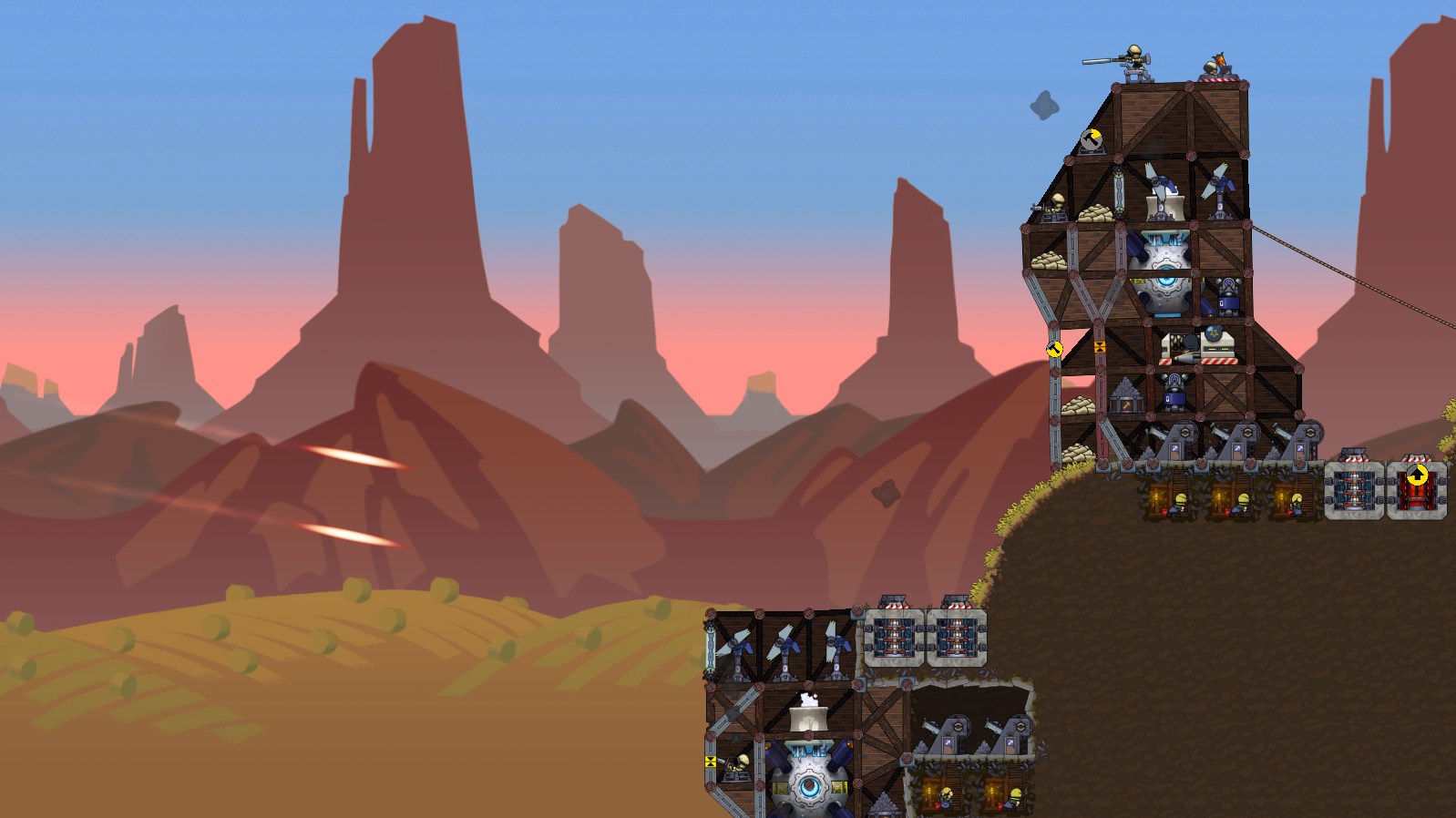
Base building
I was captivated by an early iteration of Forts at PAX Australia in 2015, mostly because of the many childhood hours I misspent playing Wendell Hicken’s Scorched Earth, a turn-based game of exchanged artillery fire from 1991. Unlike Scorched Earth, or Worms (which it also superficially resembles), Forts is real-time. Players compete to construct bases, stock them with troops and weapons, and then demolish each other. It was a blast. But just because I enjoy a game doesn't mean I know how it's going to sell. I’m not sure anyone does.
It’s difficult to get sales from YouTube. The statistics are that for every thousand views, you’ll get one sale.
Designer Tim Auld
Of course, most experienced developers will say that marketing is incredibly important, and EarthWork Games began working with a company called Stride PR early, realizing this was an area of expertise the team of three lacked. They found that dedicated PR was still hit and miss, however. Their initial press release accidentally coincided with the release of Pokemon Go, and when it came to reviews Forts was consistently overlooked.
They focused on streamers instead, sending out a preview build that was picked up by several popular YouTubers and Twitch streamers. "Big influencers streamed it, getting hundreds of thousands of views," Auld says. "This approach was suggested by Stride and it worked because the game is so watchable and intuitive. You can see weapons being installed and damage being taken, especially when the forts start swaying around. Unlike in most RTS games, where a bird’s eye view doesn’t give you much context, you can see exactly what’s happening."
So, does Auld attribute the game’s success to its being widely viewed online? Not really. "It’s difficult to get sales from YouTube. The statistics are that for every thousand views, you’ll get one sale." Fans of the most popular streamers are there for the personalities, not the games. He believes word of mouth played a more significant role, saying, "Once people get on board, they talk to their friends and it grows organically from there."
The biggest gaming news, reviews and hardware deals
Keep up to date with the most important stories and the best deals, as picked by the PC Gamer team.
Social sieges
Certainly, I’ve played Forts with friends. As fun as it is to smash structures, my favorite approach is delegating the building, offensive, and defensive tasks co-operatively within a shared fort. Auld believes there are around 2,000 multiplayer matches still occurring per day, many within a community-created tournament, with players mostly in France, Germany, and the United States. Players can also create and share maps or scenarios.
Other indies notable for significant sales, like Nuclear Throne and RimWorld for example, have cultivated positive buzz among communities by inviting them to play early in development. Although eschewing Early Access "to prevent diffusing the news and hype value of the actual launch," as Auld explains, Forts ran a closed beta which firmed up a community of around 650 people. Although Auld says that most players’ interest faded quickly, "It was useful to get feedback on bug fixing, balancing and design flaws."
Despite this, he describes his confidence before launch modestly, as merely "an inkling" of success. "Nothing prepares you for having tens of thousands of people playing with different configurations and internet. It was a tough launch. We’re still supporting the game, fixing problems and adding new features. We spent so many years on it, it feels like the right thing to do."
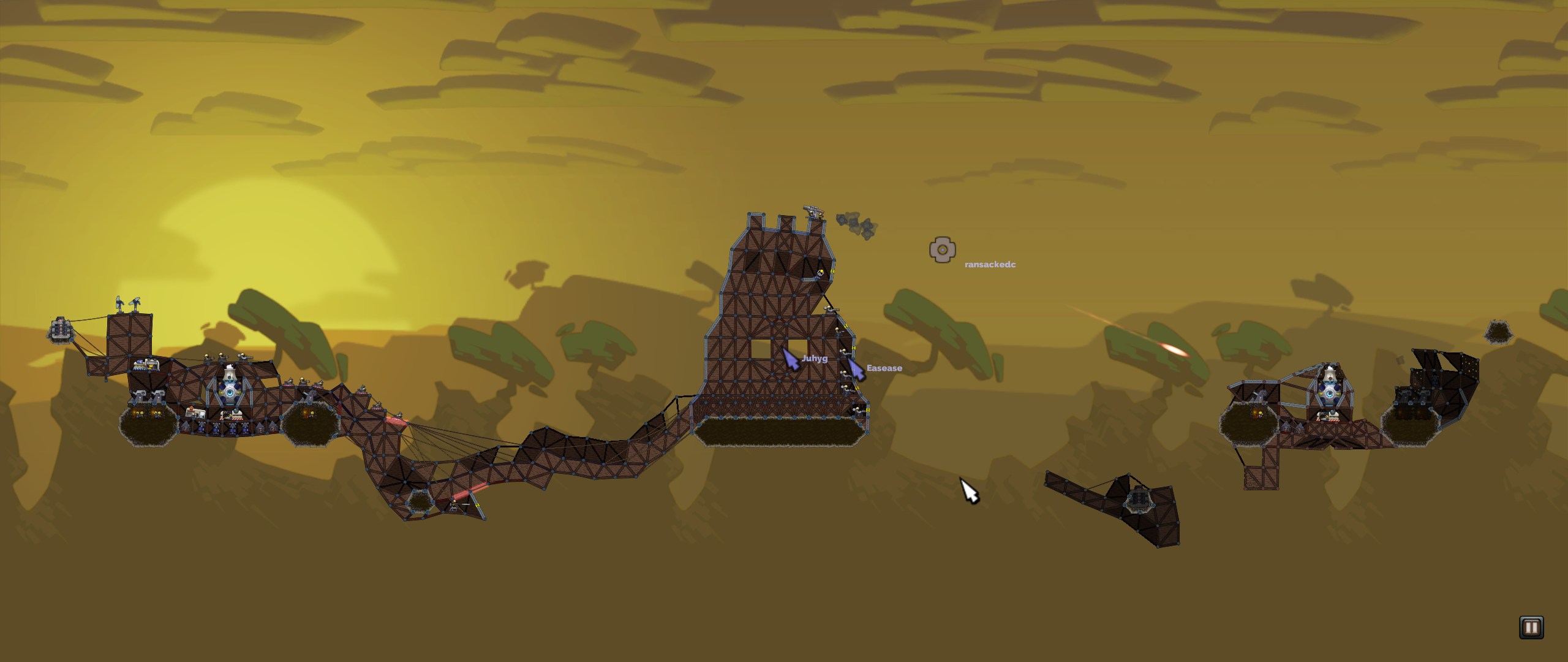
Auld originally started devising Forts in 2003, influenced by the physics-based play of Bridge Builder by Chronic Logic, and later Poly Bridge. "I sat down, brainstormed and made some sketches," he says. "The second idea was to pop weapons into boxes. It was an epiphany because you can easily model structures and have them collapse under fire." I ask Auld if he remembered Scorched Earth, but he cites explosive banana-throwing game Gorillas as an influence instead.
Although the team only started working again in earnest in 2013, there’s often great strength to ideas that evolve over time. Auld has spent a lot of time thinking about what RTS games need and, in addition to the visual drama Forts provides, he mentions that "the length of the matches helps to focus attention, too. We aimed for 15 to 20 minutes, so the balancing of the weapons and strength of the materials reflects that. A quick turnover gives people a chance to get revenge."
We were running out of money and had to borrow from our family just to get by. The pressure is off financially, but it’s on regarding supporting the community.
Tim Auld
Personally, I find it difficult not to rush building the actual structure of my fort. I tend to experience sudden collapse, like in World of Goo when I’ve foolishly stretched a little too far. This is especially true in the campaign, where terrain may be asymmetrical and balanced against you. Variety forces experimentation, keeping things interesting when you believe you’ve mastered optimal approaches to weapon use and build order.
"It’s always fun to see things exploding or falling down, and people pulling their fort back from the brink of collapse," Auld says. Despite Forts having an international setting, I see this kind of destructive, ramshackle humor as uniquely Australian. Earthwork Games are based in Queensland, a state that leant its name to a type of house perched on stilts to allow for greater airflow in hot weather. You could totally take one out with a laser strike down low.
Cultural influences are surely a welcome addition in indie games, yet some of the Australian developers I meet express the worry that their games will be ignored by international press, as appears to have been the case with Forts. I’m not convinced that there is a prevailing stigma, but it is true that larger publications usually aren’t represented at Australian conventions, possibly due to travel costs being prohibitive.
Forts did invest in traveling to PAX West, East, and EGX, before finally being featured on PAX Australia's indie showcase this year. I certainly hope that, as more Australian games demonstrate success, both with sales and innovative ideas, developers can collectively benefit from more attention. It seems a shame to see games fail to connect with the players who would love them.
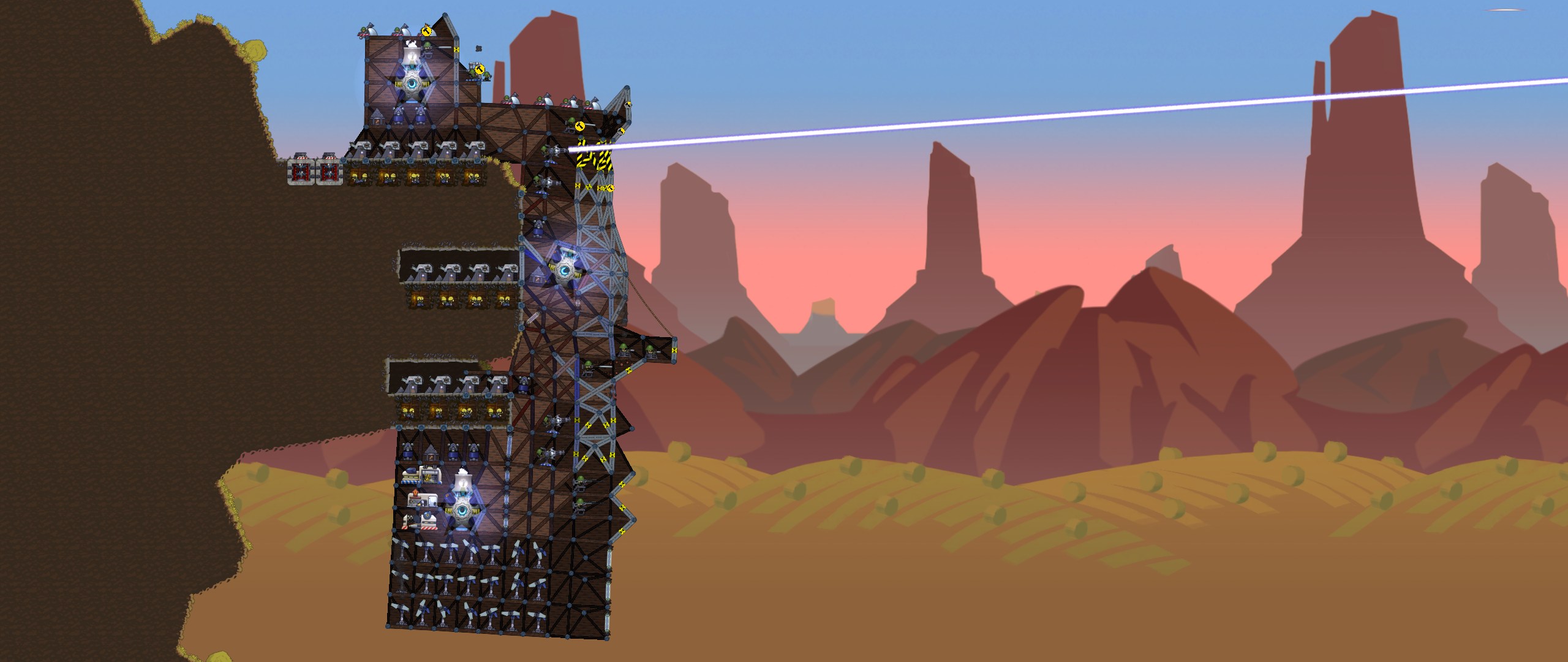
Forts’ sales make a compelling case for thoughtfully matching marketing strategies to a game's features, not just to online content creators but more generally to people interested in talking about games.
Ultimately, what does 120,000 sales mean for EarthWork Games? "We’ve already hired a part-time programmer to help with my load and we're allocating funds to support our next title," Auld says, "as well as considering a DLC for Forts. We don't have to worry about expenses and living now, either. We were running out of money and had to borrow from our family just to get by. The pressure is off financially, but it’s on regarding supporting the community."
Attracting significant numbers of players also attracts criticism. In Forts’ case this often boils down to people wanting more weapons and features to interact with, which EarthWork have been providing incrementally.
Given the vast quantity of independent games releasing right now, successfully marketing your game can be tough. Auld’s explanation for Forts’ sales makes a compelling case for thoughtfully matching marketing strategies to a game's features, not just to online content creators but more generally to people interested in talking about games. In Forts' case, it was watchable and generated positive buzz based on innovative RTS mechanics and community structures.
"You don’t know how well the game’s going to sell at the outset, but you have to do everything you can to maximize your chances for success," Auld says. "We had some luck, we had a good idea, we had all the technical skills and we persevered. I feel happy about the whole process."
While no one really knows which games will sell, the care you’ve taken with your infrastructure might be the difference between a near miss and an incredible victory, both in Forts and as an indie game developer. Just like when you innately feel your opponent’s cannon must be nearing completion out there in the fog of war, you can certainly hope the time is right to try for a desperate, fort-smashing, lucky shot.
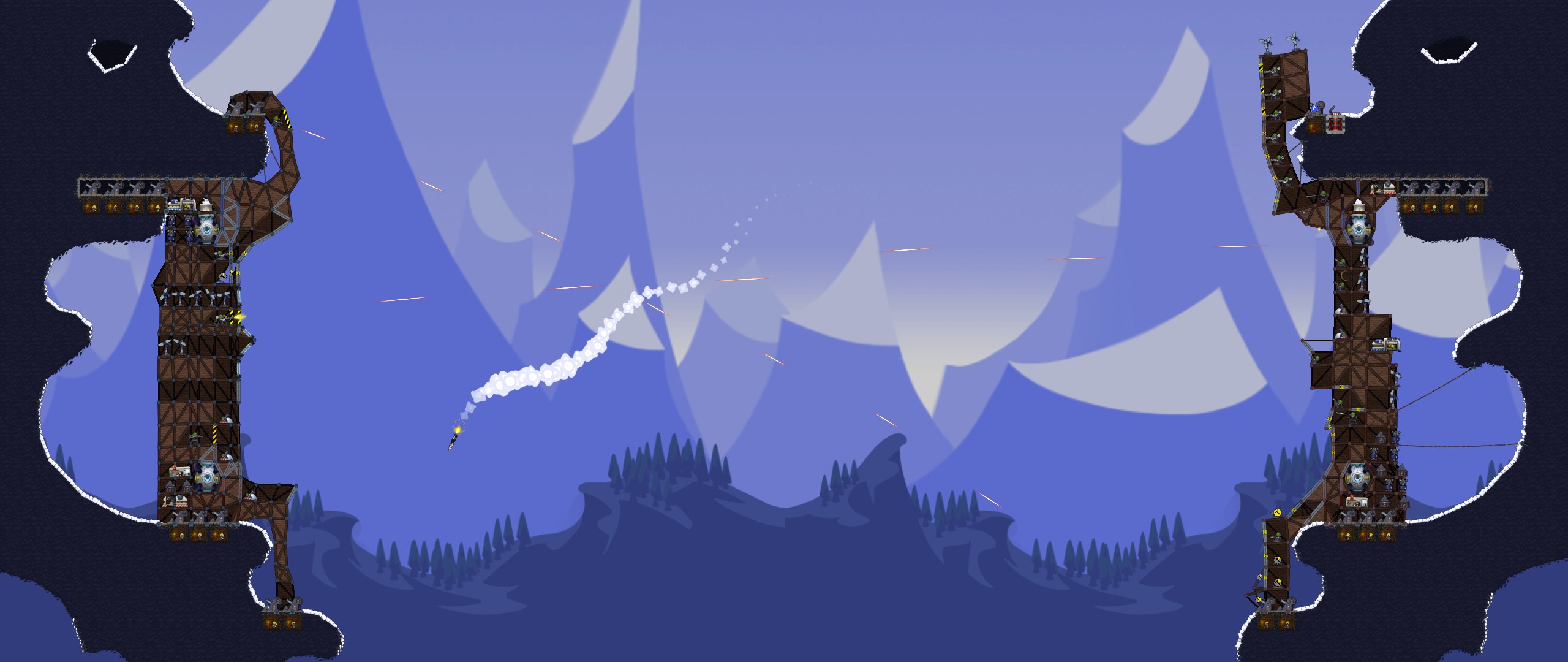
Some online stores give us a small cut if you buy something through one of our links. Read our affiliate policy for more info.

